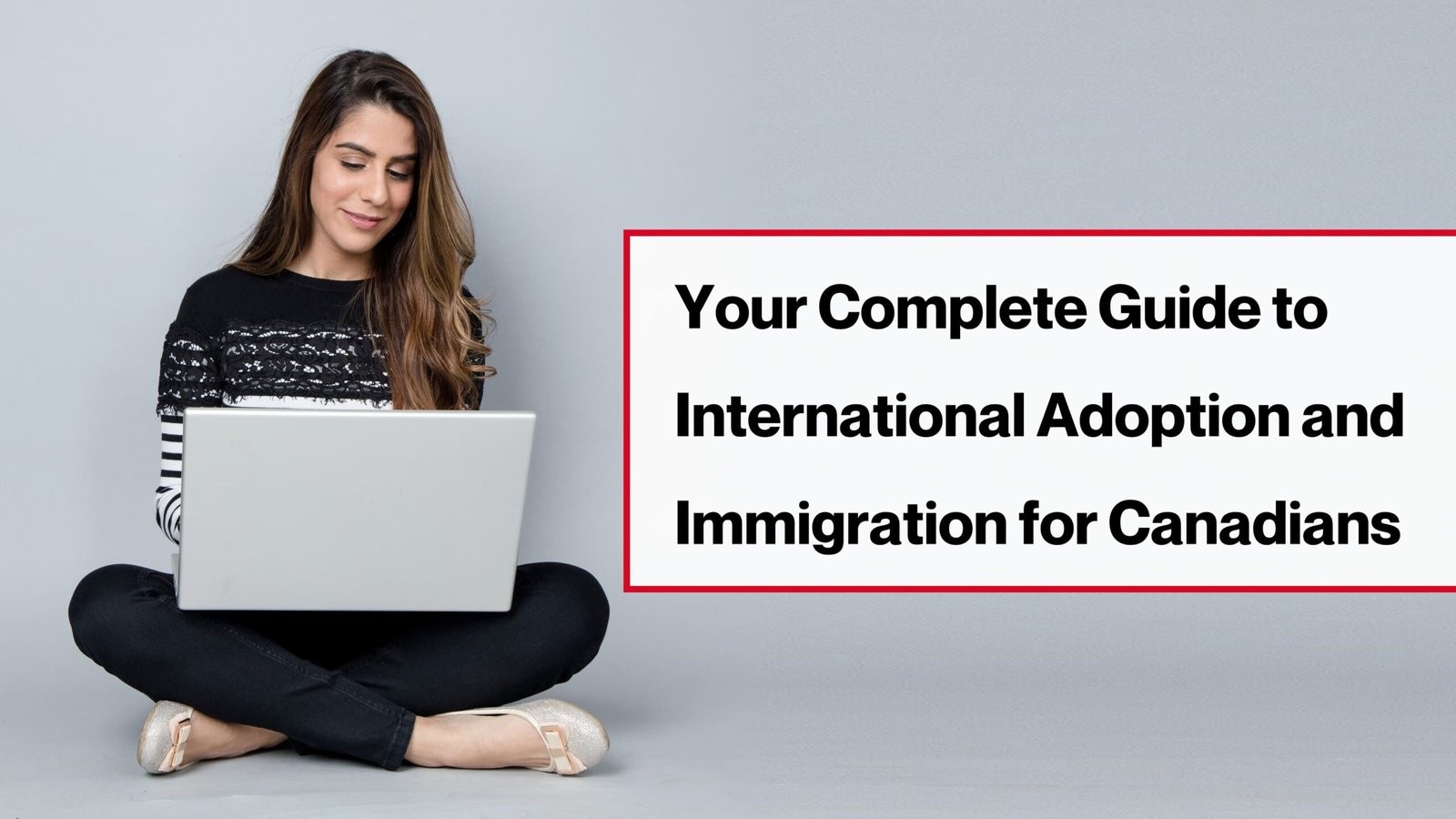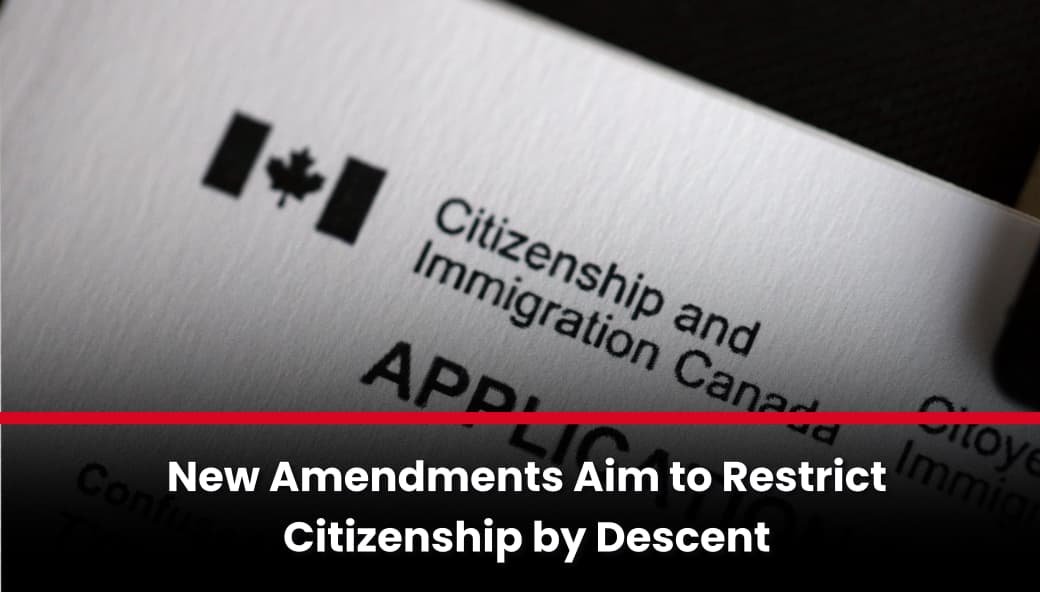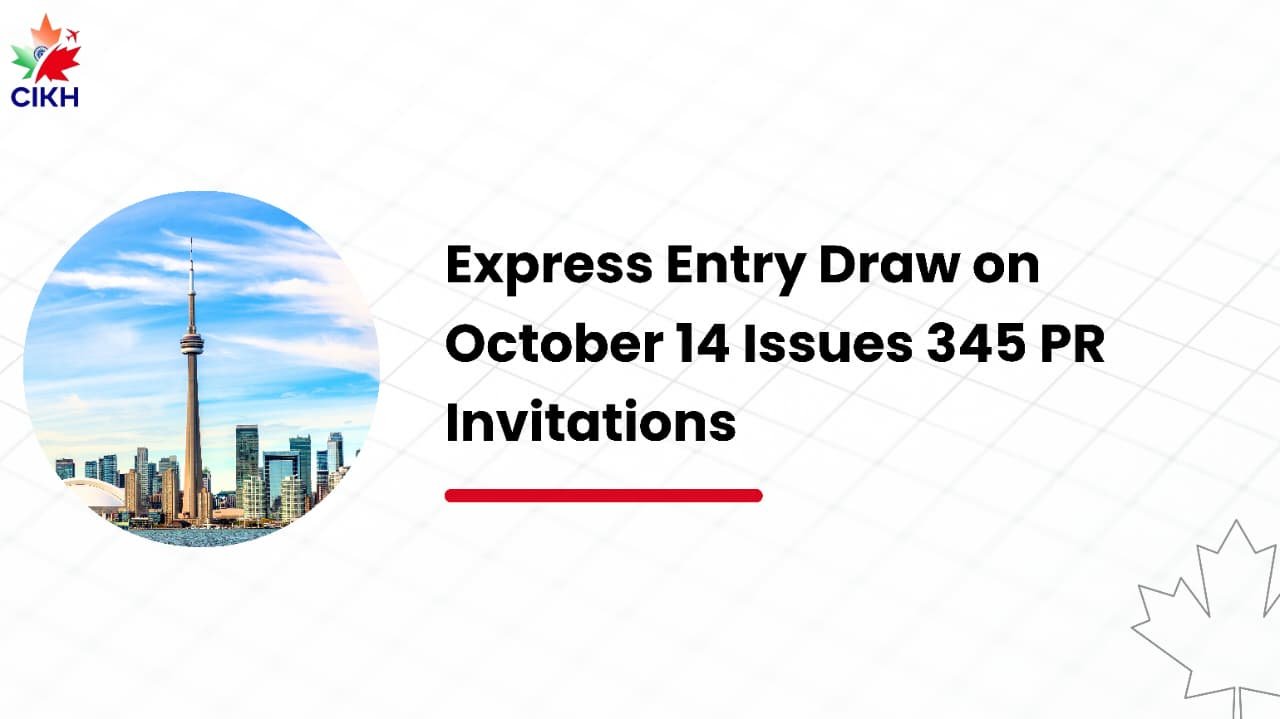Bringing a child into your life through adoption is an act of deep love and lifelong commitment. If you’re a Canadian hoping to adopt a child from another country, the process involves two essential parts: adoption and immigration or citizenship. Here’s a compassionate, step-by-step guide to help you navigate both paths with clarity and confidence.
Book Your Consultation for Canadian Immigration
1. What Is Intercountry Adoption?
Intercountry (or international) adoption happens when parents in Canada formally adopt a child from another country and become their legal, loving parent(s) under both Canadian law and the child’s local laws
2. Two Steps—Two Journeys
There are two essential journeys to take:
a) Option 1: Canadian Citizenship Process
If you’re already a Canadian citizen, this is usually the best and fastest path.
Eligibility:
✔️ At least one adoptive parent must have been a Canadian citizen at the time of adoption
✔️ The child is not born in Canada
✔️ You are not affected by the “first-generation limit” (meaning, the adopted child is not the second generation born outside Canada)
Key Advantages:
- Faster processing
- No medical exam required
- Child becomes a citizen upon approval
- Can apply directly for a Canadian passport after citizenship certificate
Fee:
$100 for the citizenship certificate
b) Immigration (Permanent Resident) Process
This is the path to take if the child isn’t eligible for citizenship under the rules above.
Eligibility:
✔️ Neither parent is a Canadian citizen (only PR holders)
✔️ Adoption is not finalized yet or there’s a probation period
✔️ First-generation limit prevents citizenship
✔️ You need to bring the child to Canada before finalizing adoption
Key Requirements:
- Full immigration application, including sponsorship
- Medical exam for the child
- Biometrics for children 14+
- Adoption must be in child’s best interest and not just to gain immigration status
Fee:
$85 (biometrics) + $85 (processing) + sponsorship fees
Once your child becomes a permanent resident, they can apply for Canadian citizenship later.
3. Citizenship vs. Immigration—Which Road to Take?
Citizenship Process
- Ideal when at least one parent was a Canadian citizen at adoption time, and you are not bumping against the “first-generation limit.”
- If eligible, your child is granted citizenship directly—no waiting in PR queues.
Immigration Process
- Required if:
- Neither parent was a Canadian citizen at adoption;
- The adoption involves a post‑adoption probationary period;
- The first‑generation limit applies.
- Neither parent was a Canadian citizen at adoption;
- Your child arrives as a permanent resident, with the option to later apply for citizenship.
Deciding Factors
- Cost: Citizenship applications for minors are more budget-friendly ($100) vs. permanent residence ($85+$85 sponsorship/processing fees).
- Medical check: PR requires a full medical; citizenship doesn’t—but it’s wise to have a comprehensive health review .
4. Country-Specific Rules & Restrictions
- Some countries suspend international adoption temporarily. For example:
- Cambodia, Guatemala, Vietnam—full suspension.
- Haiti, Ukraine—currently paused in most parts of Canada .
- China—stopped non‑relative adoption since August 2024, except for stepchildren or blood relatives
- Cambodia, Guatemala, Vietnam—full suspension.
5. After Adoption Approval
Once Canada and your new child’s birth country have approved the adoption, you’ll file the next application:
Permanent Residence Application
- Submit online (paper only if you need accommodations) .
- For children 14 and older, biometric data (photo & fingerprints) are mandatory within 30 days.
- Follow all photo and form requirements carefully to avoid delay .
Citizenship Grant
- Apply if eligible based on adoption timing and parent status.
- Processed faster, and the child can immediately receive a citizenship certificate and apply for a Canadian passport .
6. Stay Supported & Informed
- Some countries require post-adoption progress reports. These updates show your child blossoming in their new home—they’re rewarding to write and valuable for the child’s country-of-origin authority .
- Keep up-to-date via your provincial authority, IRCC, and Canada.ca—policies may shift depending on global events.
- If you’re unsure, a licensed immigration consultant or lawyer can help with forms and submissions (but not with your IRCC sign-in or personal info).
7. Timelines & Common And Gentle Guidance
- Adoption itself can take weeks, months, or even years—every situation is unique.
- Immigration or citizenship processing time also varies, based on completeness, verification complexity, and global caseloads.
- Pro tip: Plan ahead. Delays often occur due to missing documents, incomplete forms, or country restrictions—so starting sooner helps lessen stress and uncertainty.
How to Decide?
| Criteria | Citizenship Process | Immigration (PR) Process |
| Parent must be Canadian citizen | ✅ Required | ❌ Not required |
| Medical exam for child | ❌ Not required | ✅ Required |
| Child is a citizen upon arrival | ✅ Yes | ❌ No (must apply later) |
| Time to process | ⏱️ Usually faster | ⏳ May take longer |
| Cost | 💰 Less expensive | 💸 Slightly more costly |
What Documents Will You Need?
Depending on the path you choose, you may need:
- Proof of citizenship or PR
- Adoption order (or proof the process has started)
- Birth certificate of the child
- Medical records (if going through PR)
- Photographs, passport-style (make sure they meet official size & format)
- Signed forms from provincial and foreign authorities
How Long Does It Take?
- Adoption: Varies widely (several months to years)
- Citizenship application: Often faster than PR
- PR processing: Longer due to added medical & sponsorship checks
Processing times depend on:
- Your paperwork’s completeness
- The child’s country of origin
- Volume of applications
- IRCC caseload and security screening
Post-Adoption Reporting
Some countries require follow-up reports after the adoption to ensure the child is adjusting well. Your provincial authority or agency will help guide you through this step.





